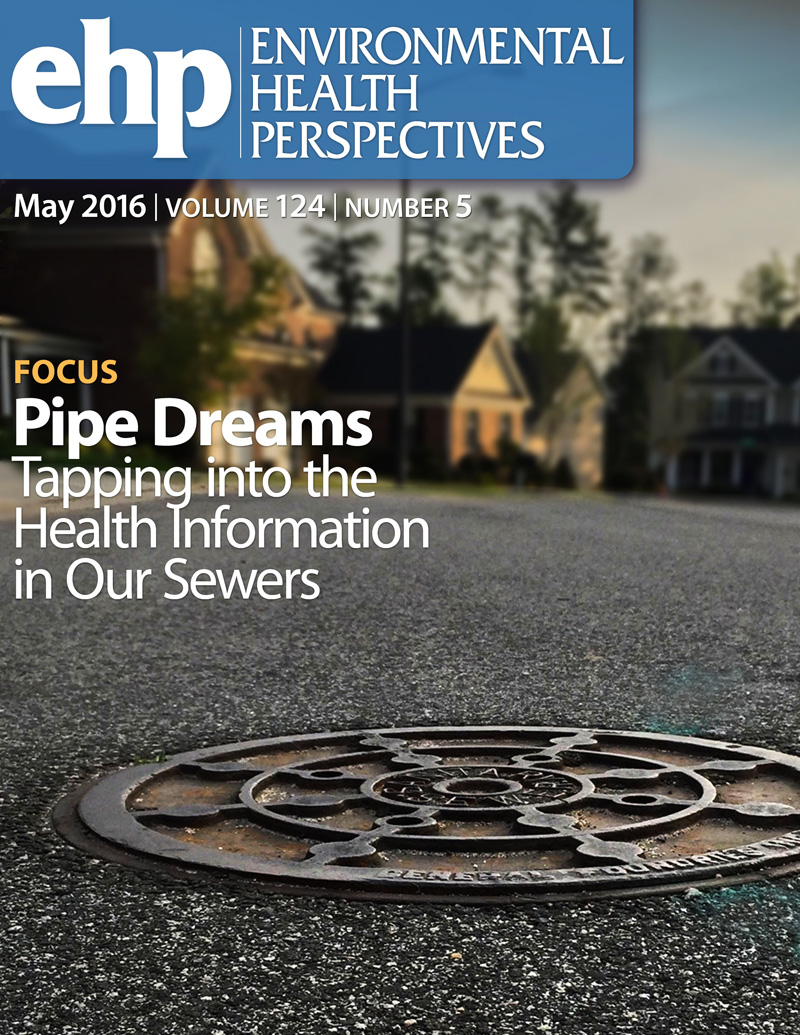五十年后密歇根州多溴联苯污染对人类健康影响的科学回顾。
IF 9.8
1区 环境科学与生态学
Q1 ENVIRONMENTAL SCIENCES
引用次数: 0
摘要
密歇根州多溴联苯(PBB)登记制度是在1973年的一次化学制造错误之后建立的,自1976年开始实施。阻燃剂多溴联苯意外混入动物饲料,并分发到密歇根州的农场近一年,使农场居民和动物产品消费者暴露。目的:我们综合了密歇根州多氯联苯登记处迄今为止关于多氯联苯暴露对健康影响的知识,并在其他持久性有机污染物(POPs)和内分泌干扰物(EDCs)的文献背景下描述了研究结果。方法:我们使用PubMed和Thompson Reuters (ISI) Web of Science数据库回顾了1973-2025年发表的关于密歇根州污染后多氯联苯对人类健康影响的文献。我们排除了非英语研究;多氯联苯以外的暴露;动物实验;评论、摘要或给编辑的信;没有健康结果的研究;以及密歇根以外的研究或与1973年的污染无关的研究。对于每篇文章,两名研究人员进行标题和摘要筛选,全文审查和数据提取。结果从601篇文献中纳入79篇。早期的研究没有发现许多与PBB相关的健康结果,可能是由于方法上的限制。最近对长期和多代影响的研究发现,乳腺癌风险增加,子宫内暴露的女孩青春期发育加快,月经初潮提前,子宫内暴露的男孩出现泌尿生殖问题,青春期发育缓慢,儿童时期暴露的妇女雌激素- 3-葡萄糖醛酸盐和促卵泡激素水平较低,暴露妇女的女儿流产风险增加。表观遗传学和代谢组学研究报告了与雌激素效应和免疫功能相关的通路改变,以及生精细胞的表观遗传学改变。这种独特的社区-学术合作关系对EDC/POP暴露在整个生命过程中对几代人的影响产生了深刻的见解。该队列的研究结果强调了脆弱性关键窗口的广泛相关性,特别是在胎儿发育和儿童时期。https://doi.org/10.1289/EHP15012。本文章由计算机程序翻译,如有差异,请以英文原文为准。
A State of the Science Review of Human Health Effects of the Michigan Polybrominated Biphenyl Contamination after Five Decades.
BACKGROUND
The Michigan Polybrominated Biphenyl (PBB) registry, followed since 1976, was created after a 1973 chemical manufacturing mistake. The flame retardant PBB was accidentally mixed into animal feed and distributed to Michigan farms for nearly a year, exposing farm residents and animal product consumers.
OBJECTIVE
We synthesize knowledge to date on health effects of PBB exposure within the Michigan PBB Registry, and describe research findings in the context of literature on other persistent organic pollutants (POPs) and endocrine disrupting chemicals (EDCs).
METHODS
We reviewed literature published from 1973-2025 on human health effects of PBB following the Michigan contamination using PubMed and Thompson Reuters (ISI) Web of Science databases. We excluded studies not in English; on exposures besides PBB; animal studies; reviews, abstracts, or letters to the editor; studies without a health outcome; and studies outside of Michigan or unrelated to the 1973 contamination. For each article, two researchers performed title and abstract screening, full article review, and data extraction.
RESULTS
We included 79 publications out of 601 identified and screened. Early studies did not find many health outcomes associated with PBB, possibly because of methodological limitations. More recent studies on long-term and multigenerational impacts found an increased breast cancer risk, accelerated pubertal development and earlier menarche for girls exposed in utero, urogenital problems and slower pubertal development in boys exposed in utero, lower estrone 3-glucuronide and follicle-stimulating hormone among women exposed in childhood, and increased miscarriage risk among daughters of exposed women. Epigenetic and metabolomic research reported altered pathways related to estrogenic effects and immune function, and epigenetic alterations of spermatogenic cells.
DISCUSSION
This unique community-academic partnership has produced insights into multigenerational consequences of EDC/POP exposures across the lifecourse. The findings from this cohort underscore the broader relevance of critical windows of vulnerability, particularly during fetal development and childhood.. https://doi.org/10.1289/EHP15012.
求助全文
通过发布文献求助,成功后即可免费获取论文全文。
去求助
来源期刊

Environmental Health Perspectives
环境科学-公共卫生、环境卫生与职业卫生
CiteScore
14.40
自引率
2.90%
发文量
388
审稿时长
6 months
期刊介绍:
Environmental Health Perspectives (EHP) is a monthly peer-reviewed journal supported by the National Institute of Environmental Health Sciences, part of the National Institutes of Health under the U.S. Department of Health and Human Services. Its mission is to facilitate discussions on the connections between the environment and human health by publishing top-notch research and news. EHP ranks third in Public, Environmental, and Occupational Health, fourth in Toxicology, and fifth in Environmental Sciences.
 求助内容:
求助内容: 应助结果提醒方式:
应助结果提醒方式:


